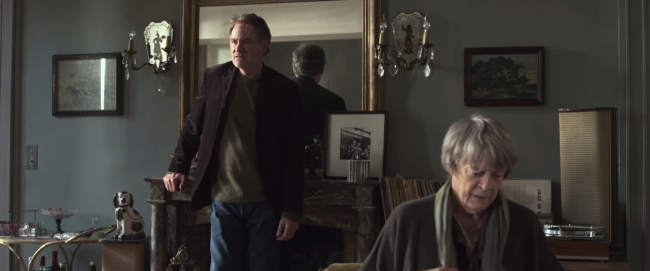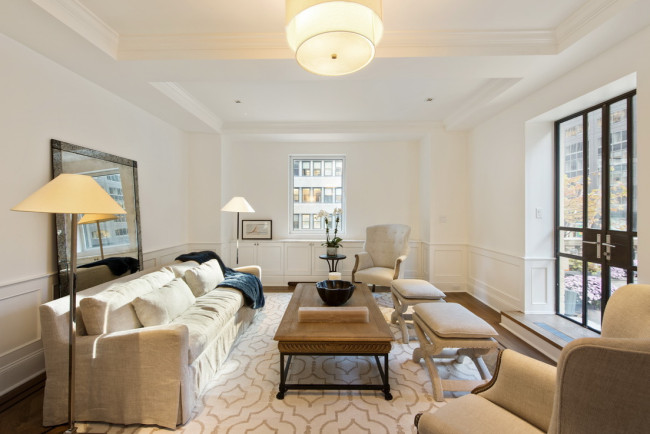An American in Paris: How a New Yorker should handle an apartment hunt in the City of Light
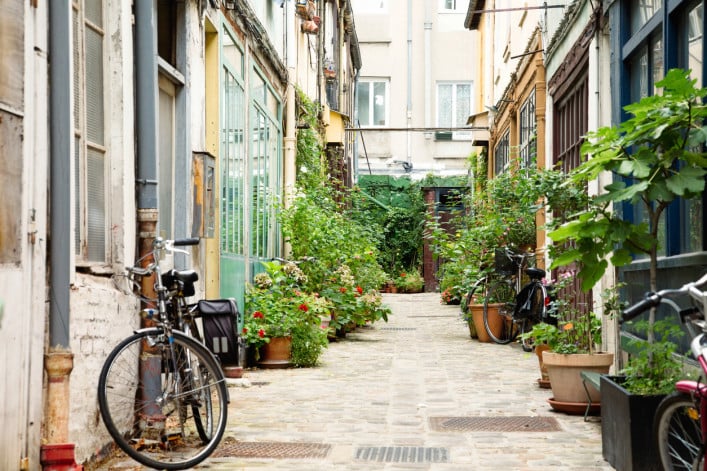
In our new column, the Expat Renter, we check into how leasing an apartment works in other cities and compare it to the (sometimes intractable) process New Yorkers have to go through here.
When it comes to sniffing out the perfect rental apartment, New Yorkers tend to be a particularly skillful bunch. At the very least, we know the basics of our own highly particular market: how and when to work with a broker, the paperwork required, and whether we're likely qualify to rent a particular unit in the first place.
But our fair city is, of course, not the only place to seek out rental bliss. And once you leave the five boroughs—or the country altogether—different rules often apply. This column will explore tricks and tips for navigating rental markets around the globe, from Paris to Santiago, Beijing to Johannesburg, Dubai to Toronto, with advice from the experts and real people who understand them best. Even if you aren't packing your bags for a new home base, much of the advice reinforces traditional New York wisdom while shedding new light on how to be a savvy renter.
Our first edition touches down in the City of Light: Paris. For those of us who are interested in staying for longer than a holiday getaway, France also hosts outposts of at least 500 American companies, according to the American Chamber of Commerce in France. But in addition to high culture and legendary cuisine, Paris is equally known for its bureaucratic red tape. The hunt for a rental apartment is not easy in this city of 2.2 million, but with a bit of savoir-faire, the expat apartment hunter can secure the perfect spot in this diverse and dynamic city.
The landscape
It's a relatively good time to be a renter in Paris, where a healthy sales market has opened up rental offerings and spurred a mobility rate of 33 percent among tenants, according to data from CBRE France and CLAMEUR, a firm that analyzes private sector rents and local housing markets in France. To put that into perspective, one out of three apartments has changed occupants over the past 12 months. Amid this flurry of activity, rental rates across the country, after slow growth and even decline in some cities in 2015, were on the rise last year. In Paris, the rate of that increase was just over 1 percent.
In terms of accessibility, the Paris rental market isn't so different from its New York counterpart at the moment. Inventories and vacancies are up in NYC, while rental rates are slowing, with median prices down in Manhattan, Brooklyn and Northwest Queens. The big differentiator between the two markets is the considerably larger amount of new construction in New York. Even though much of that new development favors condos rather than rentals (especially in Manhattan), these types of projects are significantly fewer in Paris.
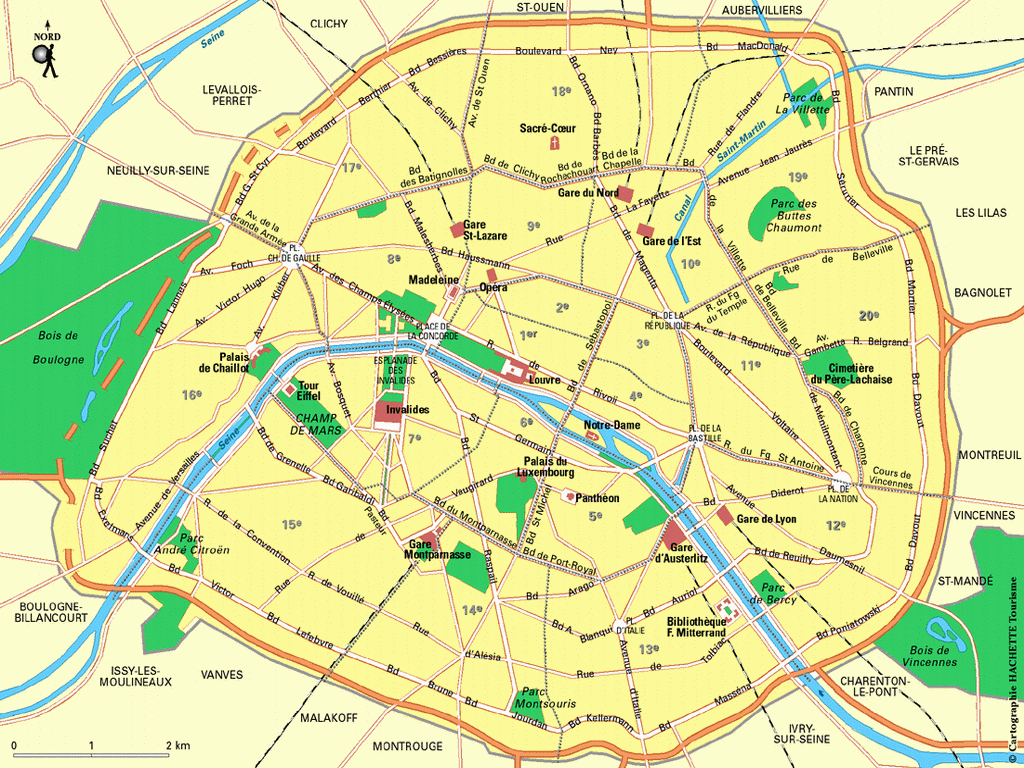
Where to look
Paris is divided into 20 arrondissements, or administrative districts, arranged in a snail shell spiral starting from the 1st in the middle and extending clockwise to the 20th in the northeast. In these arrondissements, areas are further subdivided into neighborhoods, or quartiers.
Different areas within these arrondissements are best suited for different profiles, according to Maud Velter, associate director of Lodgis, a French real estate agency specializing in furnished rental apartments in Paris. The big apartments in Haussmanian-style buildings of western Paris in the 16th, 18th and 8tharrondissements (equivalent to the big prewars of the Upper West Side and the Upper East Side), areas also known for their green space and great schools, are popular with big families.
Students and young working professionals, by contrast, are keen on the more vibrant and a bit cheaper République and Bastille neighborhoods in the 10th and 11th, where annual rental rates clock in between $84 and $90 per square foot, respectively. (All pricing data here is based on conversion from euros via www.xe.com on March 27, 2017 (1 EUR =1.08653 USD.)
The Latin Quarter, which occupies an eastern bit of the 5th and the northwestern edge of the 6th, is historically the Parisian student district, home to institutions like the Sorbonne. Thanks to its fame and popularity, the neighborhood tends to be a bit pricier than its Right Bank counterparts at just over $102 per square foot.
Overall, the least expensive neighborhoods tend to be on the periphery of the city. In 2015, the 19th and 20tharrondissements were the least expensive, with rental rates of $76 and $79 per square foot, respectively. The 4th is the most expensive at just over $107 per square foot, while the posh areas of the 1st and 3rd, home to the west end of the Île de la Cité, the Louvre, and the northern, quieter part of the popular Marais, are close behind at just over $105 per square foot, according to a rental market report by CBRE France.
You'll also want to consider your commute time. Paris is walkable but immense: Its Métro is the second busiest subway system in Europe after Moscow. There are 245 stations in the city, and five different lines, making it easy to navigate via public transportation. Many brokerages and rental websites bear this in mind, so you'll often spot the closest metro stop in a listing. If thoughts of bike-sharing have you feeling homesick, there's also Velib—the very popular Parisian version of (and precursor to) Citi Bike.
Timing is also important. Renting will be difficult during the Christmas holidays, which take place from December 23 to January 8. There is also the Parisian winter school holiday to consider, from late February to early March, and spring break from mid- to late April. Summer break is from early July until the end of August. Paris generally tends to empty out in August, on an even greater scale than the annual mass exodus from Manhattan to the Hamptons.
A note about Parisian neighborhoods: Translating New York neighborhoods into Parisian counterparts can feel a bit forced, with so much distinctive character in both metropolises. But if we must, the Bastille has a similar flavor to the East Village, with a young, artsy vibe (and correspondingly rising rents). The well-established Marais gives Chelsea and the West Village a run for its money: All are quirky, LGBT-friendly enclaves with pricey boutiques and apartments. The Latin Quarter, is home to quite a bit of studying and partying like its Greenwich Village counterpart, though decidedly more touristy. Choissy is home to the liveliest Parisian Chinatown (like New York, the city has more than one), though the Lower East Side and Flushing are arguably more vibrant. Once seedy Pigalle now evokes shades of hipster Brooklyn with the rise of craft cocktails and boutique hotels. The Champs-Élysées and Times Square are both avoided by locals at all costs.
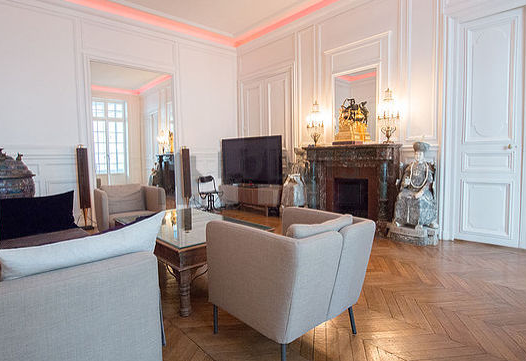
What you'll need
Before setting out, you'll need to compile your dossier, a collection of documents a Parisian landlord will almost certainly require. Parisian landlords will be even stricter about these inclusions than their New York counterparts, with the mindset that with foreign renters, they have less recourse if you don't hold up your end of the rental agreement.
- A photocopy of your ID, which in the case of a foreign renter typically means passport and visa
- Copies of your last three pay stubs
- The last three receipts of rent payment from your last landlord, whether or not that rental was in France
- A copy of your employment contract
- The previous year's tax filings (in France or your previous country)
As a foreigner, you'll most likely also need a French garant, or guarantor—an individual, or an entity like your employer, who legally vouches for your rent in the event that you are unable to pay. (If you don't earn at least three times the rent amount, you will definitely need one.) As in the NYC market, in the absence of a guarantor, some landlords will accept a larger prepayment or agreed-upon amount set aside in a French escrow account for the duration of the lease agreement. Most French banks charge between 0.5 and 3 percent of the frozen amount, as well as a flat administrative fee (which is sometimes negotiable). A competent broker can help you navigate all of this.
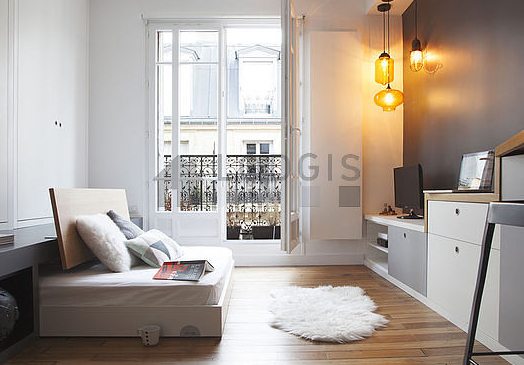
To broker or not to broker
Unlike New York, where you can wing it on your own or use no-fee rental websites, finding an apartment in Paris is difficult without an agent immobilier, as most property owners use some type of real estate agency to list their units.
Different neighborhoods often have different brokerages and agents, so you'll need to have a handle on exactly where you want to look before engaging local services. As in New York, the quality of that service can vary enormously. A helpful broker will have in-depth knowledge of the market, neighborhood and building, as well as the legalities involved. He or she will help you navigate paperwork, negotiate fees and deposits, and in some cases even assist with post-move-in details like setting up electric, cable, and insurance.
Broker fees are normally based on the square footage of the apartment you ultimately rent (Lodgis, for example, charges 15 euros per square meter—roughly $53 per square foot—at maximum. Some agencies will vary the fee according to the length of the rental period as well.
Broker fees are arguably less onerous in Paris than in New York, or are at the very least treated differently: the basic idea being the more apartment you get, the higher the fee. Whatever your take on the amount itself, a good broker will make the process of finding an apartment feel a little friendlier and far more streamlined. Foregoing the headaches, and possible landlord-specific fees, is likely to be well worth it.
For initial reconnaissance, tenants can consult French listings websites like Lodgis and SeLoger, or even the big New York City brokerages, as many have partner agencies in other major global cities, for advice.
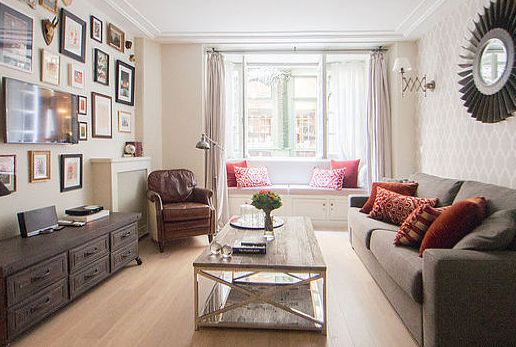
The costs
The standard requirements to move into a Parisian rental apartment are a security deposit corresponding to two months' rent, and the housing tax, or taxe d'habitation, a fee imposed on the occupier of a property in which he or she is resident on the first of January each year. This taxe helps fund local social services, schools, sport and cultural facilities, roads and landscaping-type maintenance in the neighborhood.
It is also mandatory to take out insurance before moving in. Rates vary depending on the rental period and surface area, but you can generally expect between 10 and 15 euros per month for a 40 square meter apartment (roughly $11 to 16 per 131 square feet), according to Velter. Depending on your guarantor agreement, you may be required to make additional financial assurances.
The quirks
Americans tend to be charmed by old Parisian apartments, but that charm can belie idiosyncrasies perplexing to even the most hardened veteran of old Lower East Side tenement buildings and drafty Brooklyn lofts.
"I got an apartment with very pretty French windows," says Jigna Patel, a 35-year-old American from Atlanta who does digital marketing for a French bank. "But they don't have a double vitrage (double glazing), so you hear all the noise in the street in the morning. And you freeze in the winter."
Layout can also come as a surprise, as Danielle Sevier, a Douglas Elliman broker in New York, found during the search for her daughter's apartment in the 7th arrondissement.
"We were looking to spend around 2,000 euros per month near her school, and the apartment we chose was the only one we saw with a bathroom that had the sink and toilet in the same room," she explains. "In all the others, you had to use the toilet and then go out across to the main room to wash your hands."
Kitchen setup—or lack thereof—can also come as a surprise. Many rental apartments have cupboards but no appliances: "I visited one apartment that was amazing—hardwood floors, crown molding," Patel recalls. "But then I saw the kitchen and thought… why should I have to pay for a whole IKEA kitchen as a renter?" It is common to have to buy your own fridge, and sometimes oven, she says. "You can ask the landlord to reduce rent for a month if you have to buy these things, and a lot of people sell it to someone else or back to the landlord when they leave."
On the upside, especially for laundry-starved New Yorkers, a clothes washing machine is common. The unit is usually located in either the kitchen or the bathroom. Dryers, however, are rare.
Hot water is also more limited than most Americans are used to, reflecting a larger tendency toward frugality when it comes to electricity in France. Most Parisian apartments have a hot water tank that heats a certain amount for the day—shared between sinks, laundry and the shower or bath—and once that's used, you're out.
In many respects, the housing hurdle in Paris bears many similarities to its New York counterpart: There is limited space, high (though slightly cheaper) prices, and endless layers of paperwork and nuance that you can only truly come to understand, or at least accept, through experience.
But if there is anything New York renters can pick up from the experience of Parisian home hunting, it's patience: Taking the time to find the right broker, the right street, the right architectural charms and quirks—whether Beaux-Arts arches, beamed 18th-century ceilings or even those chilly windows sans double vitrage—is what the experience is all about.
You Might Also Like


















